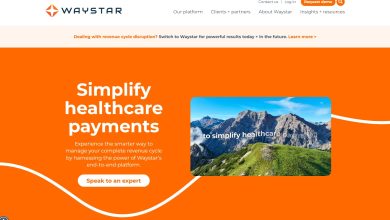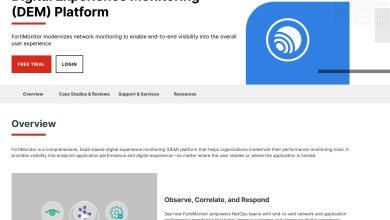
Every organization should take evolution as a guiding keyword. The workforce continues to host new generations as they make their entrance into it. As such, companies realize the need to invest in HR training and development. The baby boomer generation has taken years of valuable expertise when they move towards retirement with them, and the dominant group is now the millennial in the workforce. By 2020, 75 percent of employees will be millennials. However, more than 43 percent of millennials intend to change their jobs in the next two years. That is why companies are clamoring on encouraging retention and remediating high turnover impacts with the increasingly competitive growth of the talent market. If attrition is inevitable, some companies even invest in providing outplacement support to save their reputation.
A better HR training and development is the solution if businesses intend to develop an effective and robust knowledge management strategy to share, curate, and capture valuable internal talent. With perfect HR training and development, companies help their employees feel competent and confident in their roles, thus driving increased employee retention and engagement.
Businesses can get the necessary help to develop and retain their most valuable employees when using some of these knowledge management strategies.
Invest in the Right Resources
Companies can identify the resources they need to deliver the training when they plan effectively. Competent instructors who will lead the training are essential, but it is crucial to have a suitable technology and a strong learning culture. They must make an inventory of the resources required for their program against those that they currently have. Some of this can be:
- Training materials like websites, videos, workbooks, etc.
- Teachers, mentors, coaches, or trainers
- Technology like knowledge bases or learning platforms
It is vital to let their strategy guide their resource selection since an in-house program will require custom training materials even though an agency may offer their materials.
Define Strategy and Set Objectives
The success of the program lies in setting measurable and clear goals. For instance, businesses could see an improvement in employee performance in their objective. They could measure team effectiveness before and after each employee learn how to use a new set of tools. They can decide on a strategy to implement their training and development programs to understand their objectives and skill gap. They can craft a thoughtful approach with some of these questions. Do they need to bring on an agency to lead the training, or do they have the skills to deliver training in-house? Will their workforce get more benefit through workforce-style training or classroom-style training? Do the internal seminars have the ideal skill gap or send their workers to industry conferences? Can they have management or skill-based training, or both?
Skills Gap Analysis
Businesses will get help to identify what is missing from the skillset their employees currently bring to the table through skills gap analysis. They need to learn about the existing skills of their employees. They must then identify what they want to learn and discover potential means of helping their employees improve performance to feel more confident in their role.




